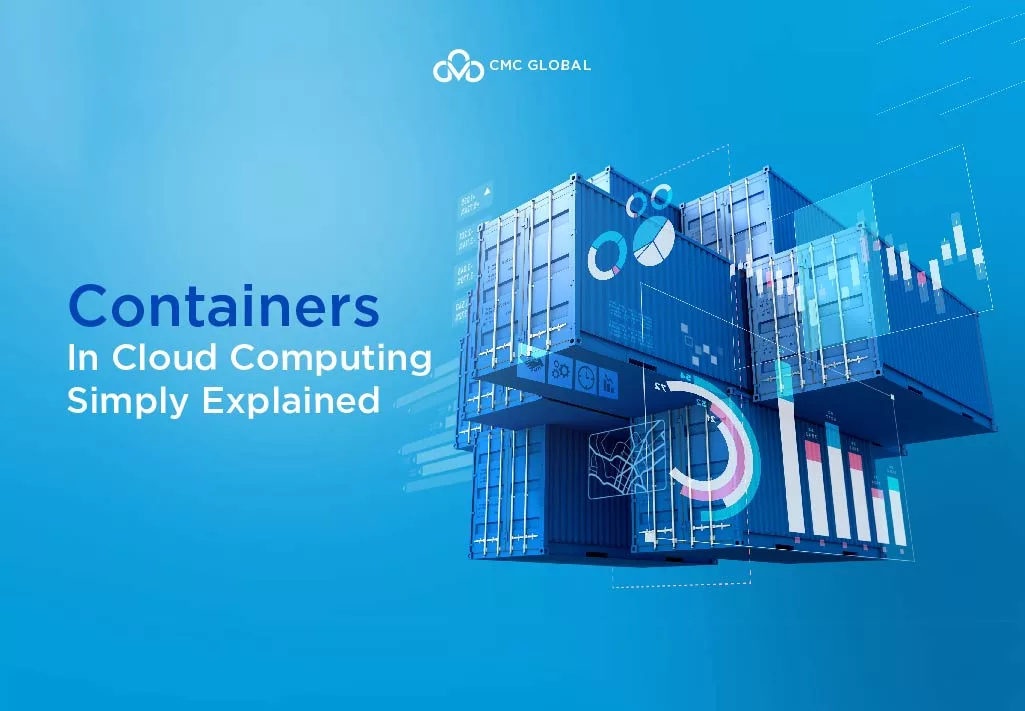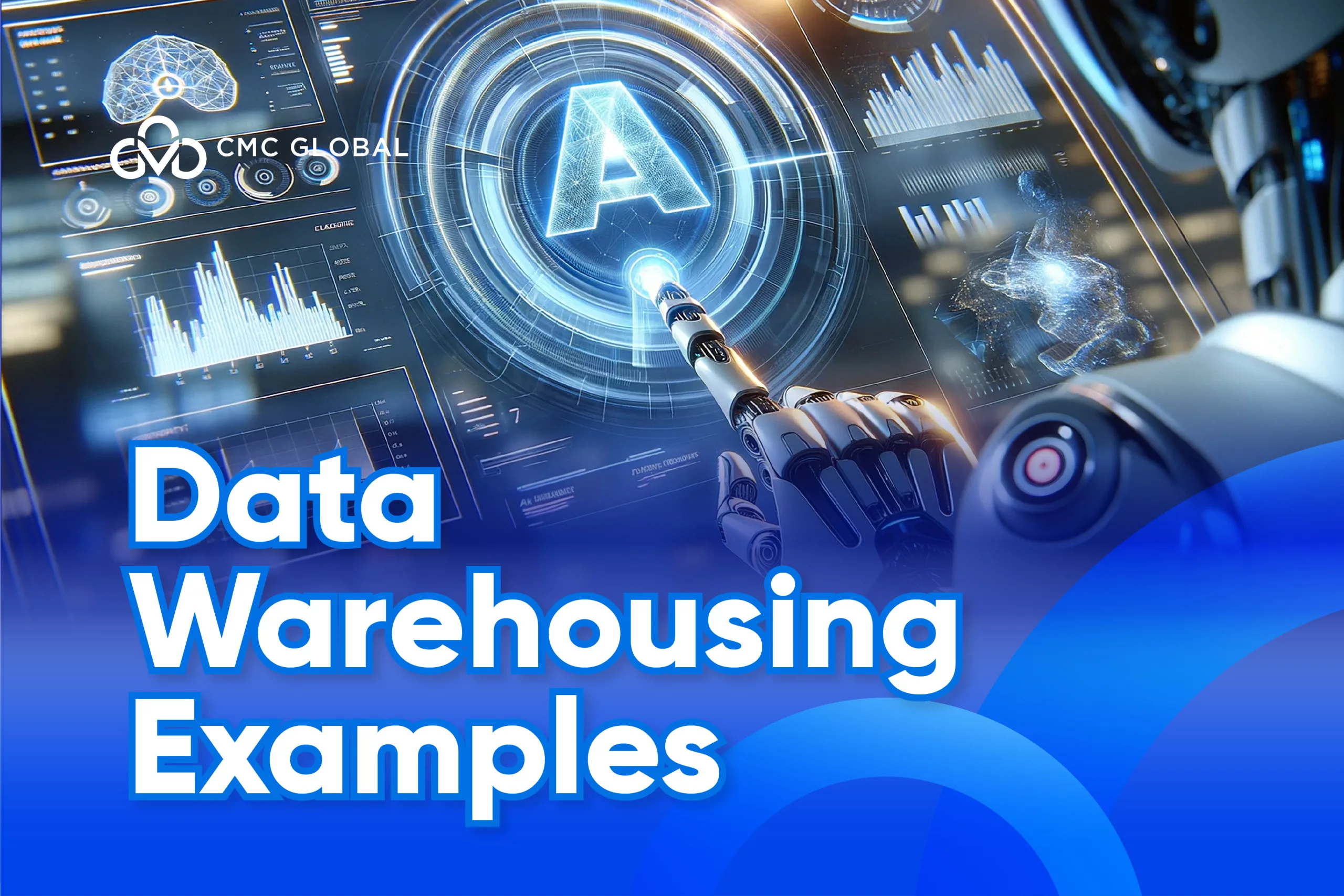What Are Containers?
A container is a stand-alone, executable unit of software that has everything needed to run an application, including code, system tools, runtime, and system libraries. Containers have defined parameters, and you can run a program, a workload, or a specific task on them.
A simple analogy to help simplify containers is shipping containers. You can load a lot of cargo into a single container, and you can load a lot of shipping containers onto a single vessel or split them across multiple vessels. You can also deploy specialized containers for specific workloads, and in the same way, you can use a refrigerated container to ship a specific type of cargo.
The only limitation with containers is that they are dependent on their host system kernel. A Windows container operates on a Windows host, a Linux container may only operate on a Linux host, and so on with other operating systems (OSs).
Benefits of containers
Containers allow developers to create and deploy applications faster and easier. With traditional methods, code is written in a specific computing environment that, when transferred to a new location (e.g., from a desktop computer to a virtual machine (VM) or from a Linux to a Windows operating system), often results in errors and bugs.
Containers eliminate this problem by bundling the application code together with its related configuration files, libraries, and dependencies that are required for it to run. This single package of software, known as a “container”, is separated away from the host operating system. Therefore, it becomes independent, portable, and able to run across any platform, free of issues.
Containers are often referred to as “lightweight,” which means they share the machine’s operating system kernel and don’t require the overhead of running an operating system within each application. Containers are inherently smaller in size than a VM and require less time to start up, which allows far more containers to operate on a single compute capacity. This drives higher server efficiency and decreases server and licensing costs.
Benefits of containers include:
- Less overhead. Containers need fewer system resources to run than traditional or hardware virtual machine environments as they don’t require a separate accompanying operating system.
- Increased portability. Applications running in containers can be easily deployed to multiple different operating systems and hardware platforms.
- More consistent operation. Applications in containers will operate the same way regardless of where they are deployed.
- Greater efficiency. Containers enable applications to be deployed, patched, or scaled more rapidly.
- Better application development. Containers support agile and DevOps practices to accelerate development, test, and production cycles.
Virtual Machines vs. Containers
Similar to containers, virtual machines (VMs) are stand-alone computing environments that are separated from hardware. But unlike containers, VMs require a full replica of an operating system to function. VMs offer some advantages that containers don’t, such as you can use a VM to create a different OS from the host system. For instance, if your host machine runs on Windows, you can create a VM that runs on Linux on that host machine; this is not something you can do with containers. VMs also allow for more isolation and data security as a more fully insulated system of computing.
However, since VMs are essentially self-contained systems with their own operating systems, they take much longer to spin up than containers, and they run less efficiently. Containers are also more portable, as a complex workload can be divided across numerous containers, which can be deployed across multiple systems or cloud infrastructures. For instance, you can distribute workloads across multiple containers and deploy them to both on-premises hardware and public cloud infrastructure while managing everything via a single orchestration dashboard. Thanks to this portability, containers can scale more effectively than VMs.
What Is Container Orchestration?
Orchestration is a methodology that provides a bird’s-eye view of your containers, giving you visibility and control over where containers are being deployed and how workloads are being allocated across containers. Orchestration is essential to deploying containers at scale because, without it you will have to manage each container manually. Orchestration also allows system managers to apply policies, such as fault tolerance, selectively or holistically to a certain set of containers.
One of the benefits provided by container orchestration is the ability to automatically manage workloads across various compute nodes. (Nodes refer to any system connected to a network.) For instance, if you have five servers but one of them initiates a maintenance cycle, the orchestrator can automatically divert the workload to the four remaining servers and balance the workload based on how much the remaining nodes can handle. The orchestrator can execute this task without human assistance.
Container Use Cases
Containers are often used to run a specific task, program, or workload. Here are their three key use cases.
- Microservices: A microservice is a specific function in a larger system or application. For instance, you can use a container to run a search or lookup function on a specific data set rather than loading an entire database. Because this operation runs within a container environment, it’ll run faster compared to a non-container environment, whether it’s VM or bare metal, where a full OS and backup processes take up extra compute resources. In other words, containers make it simpler and faster to deploy microservices.
- Hybrid cloud and multi-cloud: Within a hybrid cloud environment, containers become your basic unit of computing that’s isolated from the underlying hardware. You don’t have to worry about where your containers are running because you can run containers anywhere. Containers, therefore, make it easier to distribute workloads across a hybrid cloud environment. This is generally managed via an orchestration platform so administrators can have visibility over where and how containers are being deployed between on-premises and public cloud infrastructures.
- Internet of Things: Containers are an important tool in IoT, big data, and analytics. As containers can deliver software inside portable packages, they are an ideal means for installing and maintaining applications that run on IoT devices, especially those with minimal processing power. A sensor-specific library can be bundled with an application in a container, which provides the application portability across IoT devices.
How do Docker and Kubernetes relate to containers?
When it comes to container environments, you are likely to have already heard of two popular tools and platforms for building and managing containers; they are Docker and Kubernetes.
Docker is a popular runtime environment that is used to create and build software inside containers. It uses Docker images (copy-on-write snapshots) to deploy containerized applications in multiple environments, from development to test and production. Docker was developed on open standards and operated inside most major operating environments, including Linux, Microsoft Windows, and other on-premises or cloud-based infrastructures.
Containerized applications can grow complicated over time, however. Many might require hundreds to thousands of separate containers. This is where container runtime environments like Docker can benefit from the use of other tools to orchestrate and manage all the containers in operation.
Kubernetes is one of the most popular tools for this purpose. It is a container orchestrator that supports various container runtime environments, including Docker. Kubernetes orchestrates the operation of containers in a harmonious manner. It manages the use of underlying infrastructure resources for containerized applications (i.g. the amount of compute, network, and storage resources required) and other areas. Container orchestrators like Kubernetes make it easier to automate and scale container-based workloads.
Final words
Containers’ portability, both internally and in the cloud, along with their low cost, makes them a great alternative to full-blown VMs. However, containers vs. VMs is not necessarily an either-or decision. It often is the case that there is a need for both containers and VMs since each has its own advantages and disadvantages, and they can complement each other rather than cancel each other out. I hope that this article has provided you with valuable information on the concept of containers in cloud computing.
If your company doesn’t have the expertise to execute your cloud migration project in-house, it’s best to find a good cloud migration service provider to help you.
CMC Global is among the top three cloud migration service providers in Vietnam. We operate a large certified team of cloud engineers – specializing in Amazon AWS, Microsoft Azure, and Google Cloud – who are able to migrate your legacy assets to the cloud in the most cost-effective way and in the least amount of time.
For further information, fill out the form below, and our technical team will get in touch shortly to advise!




